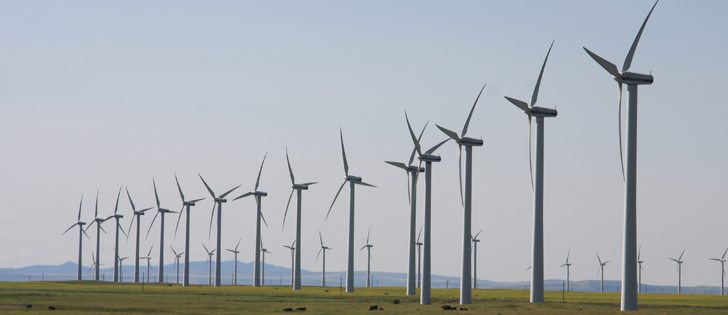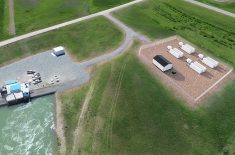A wind power project near Chaplin, Sask., will not go ahead in its proposed location.
Environment minister Scott Moe announced Sept. 19 that the potential impacts on migratory birds were too great and for that reason he could not approve it.
The $355 million project was planned for an area north of Chaplin. Chaplin Lake, part of the Western Hemisphere Shorebird Reserve Network, is about 4.5 kilometres south of the closest proposed turbine.
Paysen, Williams and Kettlehut lakes, which are also designated as important bird areas, are about six km north of the nearest proposed turbine, said the ministerial decision.
Read Also

August rain welcome, but offered limited relief
Increased precipitation in August aids farmers prior to harvest in southern prairies of Canada.
During a public review, the ministry received 137 responses to the proposal, and while all but one supported wind energy, they were all concerned about the specific location.
Algonquin Power had proposed a 177 megawatt wind project for SaskPower, which included up to 79 wind turbines, 50 to 70 km of access roads and 110 km of buried transmission lines.
It was to be situated on about 47,000 acres of private and crown land, including agricultural land and native prairie.
Moe said while he was satisfied the proponent met all requirements of the assessment, he couldn’t approve the development.
“Radar-based assessments indicated an average (spring and fall migration) of 26 percent of birds moving through the project area passed through what would be the rotor-swept area for a large turbine design,” he said.
“Although a mortality risk assessment presented in the (environmental impact statement) included factors such as behavioural avoidance in order to predict the overall mortality risk, I remain concerned that due to the large number of birds moving through the area, presence of multiple species at risk and the inherent uncertainty in the largely qualitative model presented in the mortality risk assessment, the potential for significant mortality of migratory birds may have been underestimated by the proponent.”
It was the first wind project to undergo an environmental impact assessment. As a result, Moe also said new siting guidelines for future projects have been established.
Key among these is a five km buffer zone around designated environmentally sensitive avoidance areas such as parks, ecological reserves, important bird areas and key water bodies.
Proponents will still be required to evaluate siting outside the avoidance zones to ensure potential impacts on wildlife and the environment are mitigated.
Contact karen.briere@producer.com
















